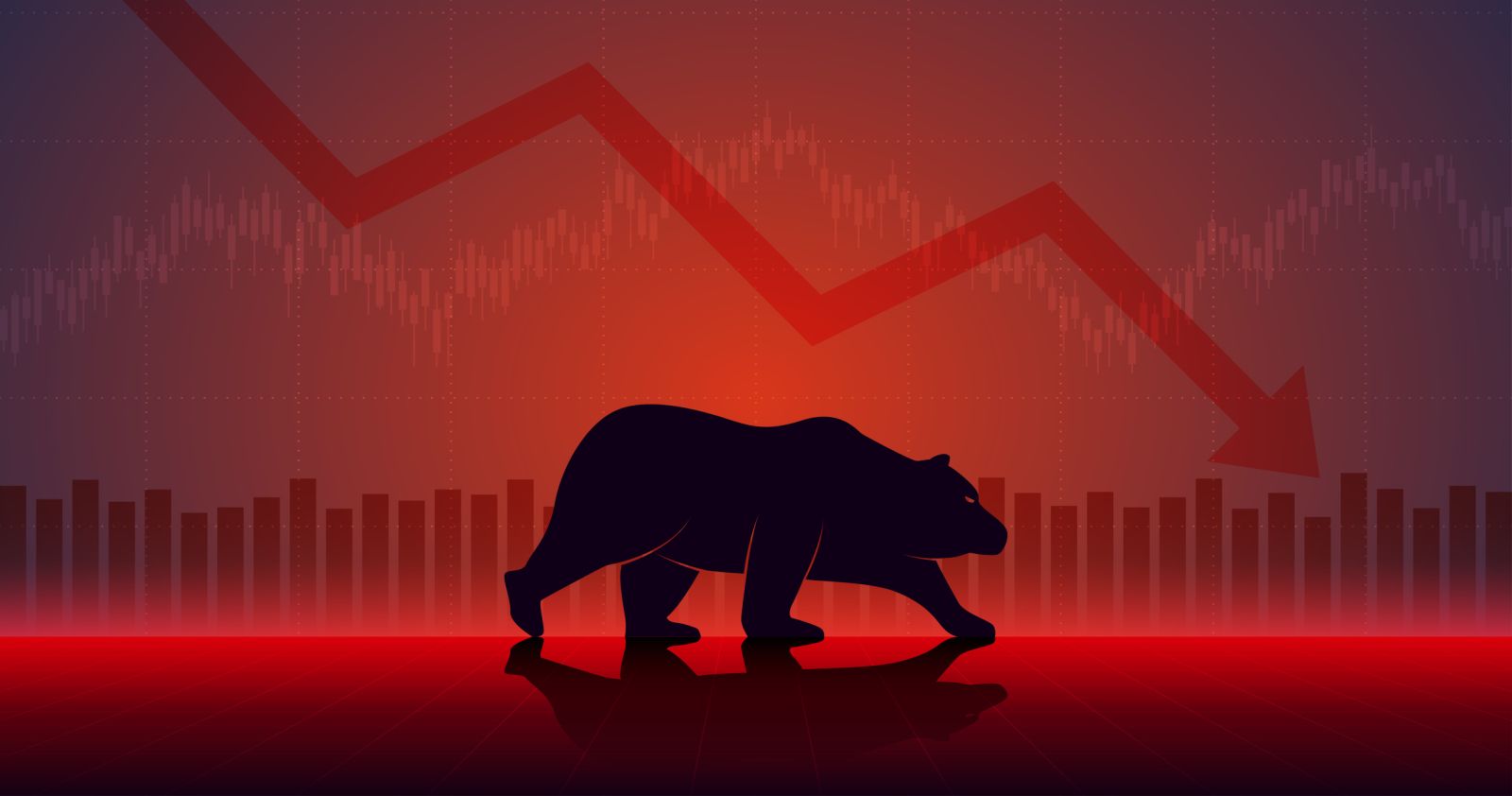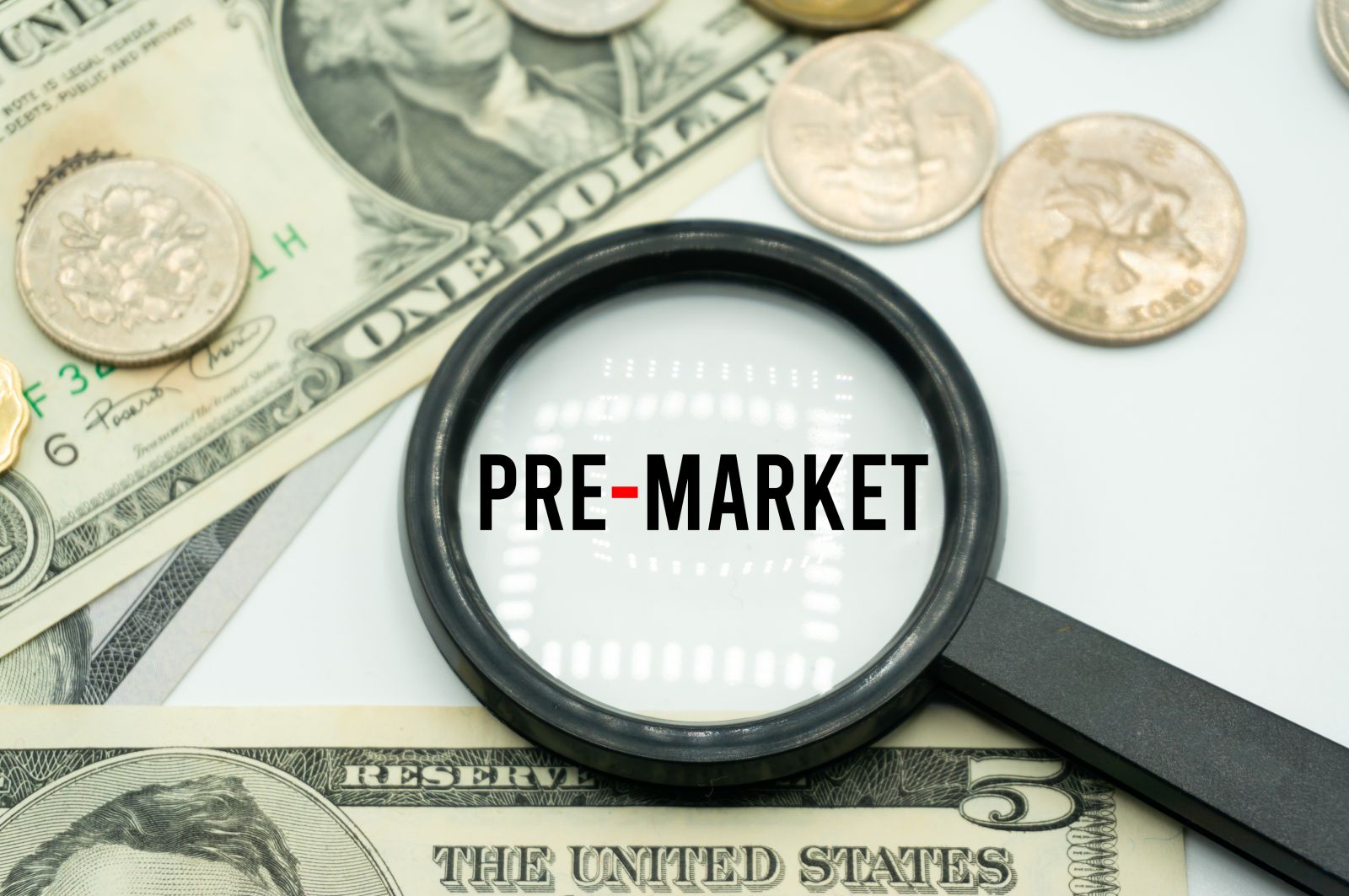An easy and relatively safe way to invest into the market is to put money into exchange-traded funds (ETFs). These are popular options for investors because they can eliminate the need to worry about choosing and then tracking individual stocks. And since ETFs can hold hundreds, sometimes even thousands, of stocks, you're getting a lot of diversification with just a single investment.
Having one or two go-to ETFs to invest in every month can make investing a breeze and save you a lot of time. The key is, however, to find some solid ETFs you can trust and feel confident about, knowing that you're putting your money into the best fund suited for your strategy.
Where to invest $1,000 right now? Our analyst team just revealed what they believe are the 10 best stocks to buy right now. See the 10 stocks »
Vanguard has many top ETFs to choose from these days. Here are two attractive options for growth investors: the Vanguard Russell 1000 Growth Index Fund ETF (NASDAQ:VONG) and Vanguard Small-Cap Growth Index Fund ETF (NYSEMKT:VBK).
1. Vanguard Russell 1000 Growth Index Fund ETF
Investors are getting a top-performing ETF with the Vanguard Russell 1000 Growth Index Fund ETF. Over the past five years, as hot as the S&P 500 has been, this ETF has delivered even better returns for investors.
The fund tracks stocks in the Russel 1000 Growth Index, focusing on large-cap stocks with attractive growth prospects. The median market capitalization is $1.5 trillion, as it gives investors exposure to behemoths such as Nvidia, Microsoft, and many other top stocks with valuations exceeding $1 trillion.
Currently, there are 396 stocks in the ETF, with the tech sector making up the lion's share at just under 60% of the portfolio's overall holdings. For investors seeking exposure to tech and top growth stocks, this can be an optimal fund to put money into on a regular basis. While the ETF may be vulnerable to high valuations in tech stocks, over the long run, focusing on that sector can lead to massive gains.
The ETF charges a minor expense ratio of just 0.08%, making it an attractive option for investors who don't want to worry about fees chipping away at their returns over the years.
2. Vanguard Small-Cap Growth Index Fund ETF
If you don't want too much exposure to tech or want to invest in a fund that may have more potential upside in the near term, the Vanguard Small-Cap Growth Index Fund ETF may be a better option to consider. This Vanguard fund tracks the CRSP US Small Cap Growth Index. And by focusing on smaller growth stocks, its returns have the potential to be greater.
While the fund hasn't outperformed the market in recent years, with valuations of large-cap stocks becoming bloated as of late, focusing on smaller stocks may be a better strategy right now.
As of the end of last year, there were 591 stocks in this ETF. And in addition to having a significant number of holdings, there also isn't heavy exposure to tech in the fund; tech stocks only make up 23% of its holdings, with industrials not being far behind at more than 20%.
Healthcare and consumer discretionary stocks also make up significant chunks, with each sector representing 16% of the ETF's weight. And the top holding, Deckers Outdoor, only accounts for 1.2% of the fund's portfolio.
The ETF's expense ratio of 0.07% is low, and with a broad mix of stocks and sectors, this fund may be appealing to investors who may be seeking a growth strategy that doesn't rely heavily on tech. But the fund also comes with a bit of risk, given its focus on lower-valued stocks, which often means investing in less-established businesses.
Don’t miss this second chance at a potentially lucrative opportunity
Ever feel like you missed the boat in buying the most successful stocks? Then you’ll want to hear this.
On rare occasions, our expert team of analysts issues a “Double Down” stock recommendation for companies that they think are about to pop. If you’re worried you’ve already missed your chance to invest, now is the best time to buy before it’s too late. And the numbers speak for themselves:
- Nvidia: if you invested $1,000 when we doubled down in 2009, you’d have $381,744!*
- Apple: if you invested $1,000 when we doubled down in 2008, you’d have $42,357!*
- Netflix: if you invested $1,000 when we doubled down in 2004, you’d have $531,127!*
Right now, we’re issuing “Double Down” alerts for three incredible companies, and there may not be another chance like this anytime soon.
*Stock Advisor returns as of January 21, 2025
David Jagielski has no position in any of the stocks mentioned. The Motley Fool has positions in and recommends Deckers Outdoor, Microsoft, Nvidia, and Vanguard Index Funds - Vanguard Small-Cap Growth ETF. The Motley Fool recommends the following options: long January 2026 $395 calls on Microsoft and short January 2026 $405 calls on Microsoft. The Motley Fool has a disclosure policy.









